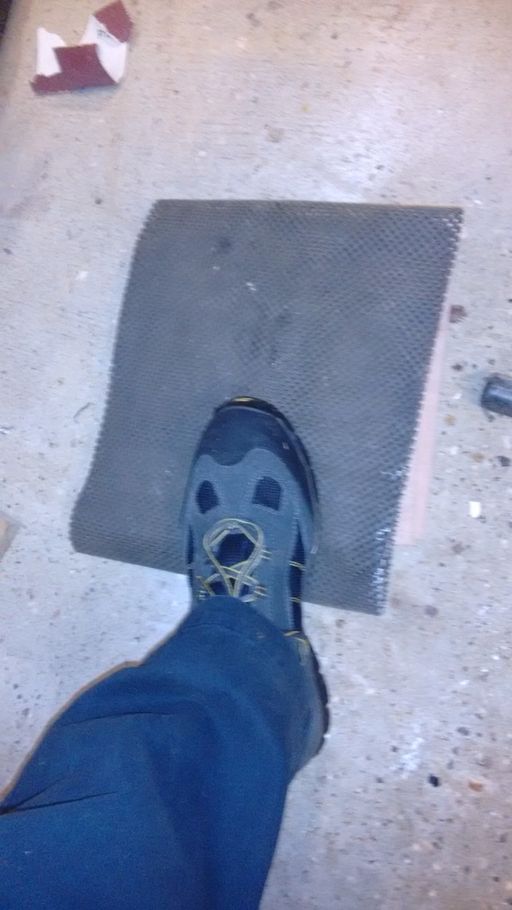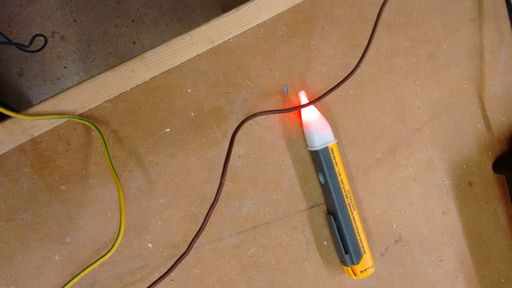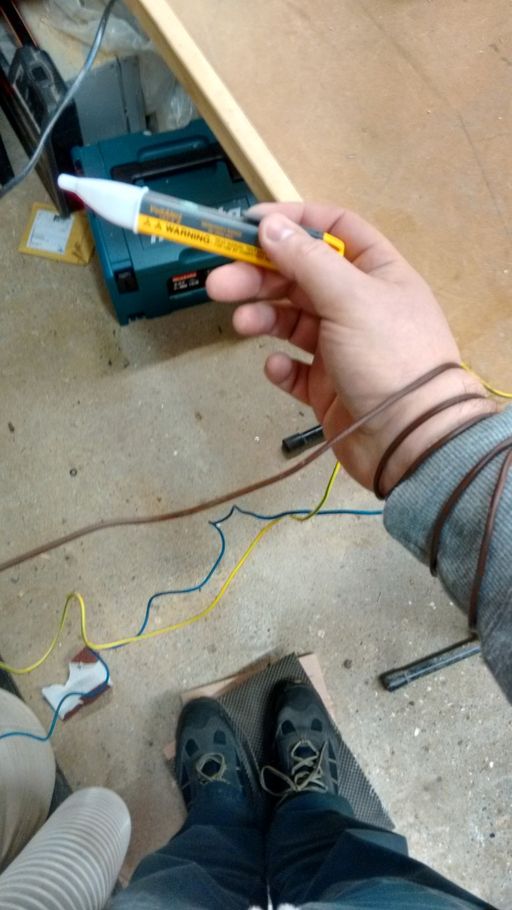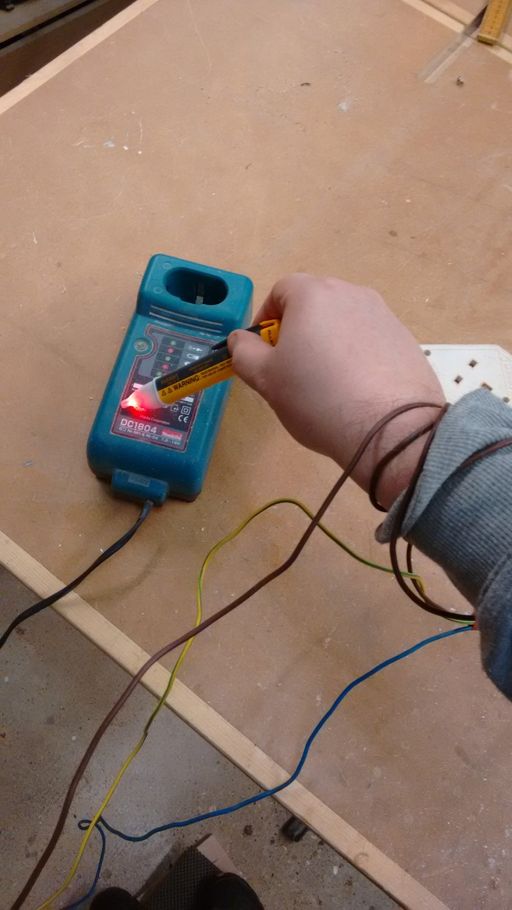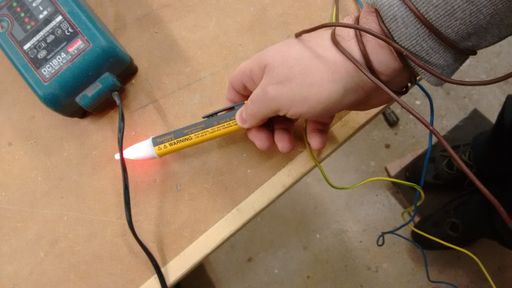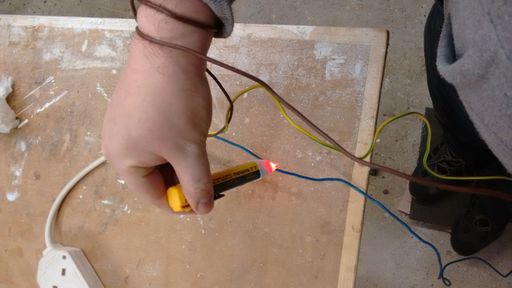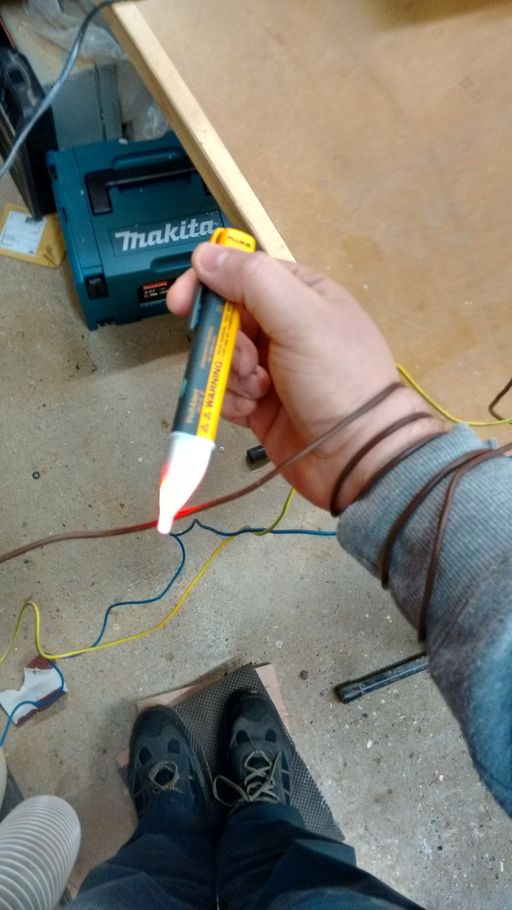Volt stick experiments
Introduction
One of the many commonly identified failings of mains tester neon screwdrivers, is the ease with which they can give both false negative and positive readings depending on circumstances. Non contact voltage detectors are typically promoted as a more reliable and safer way of sensing a mains voltage.
However this does raise the question: can these just as easily yield false answers?
The purpose of this article is to document some experiments which investigate further.
Isolation / Live coupling of the operator
Neon testers require that a current flow between the live part under test and earth via the operator's body, with the presence of a high value resister hopefully protecting the operators from injury even though he has one hand connected directly to a (potentially) live circuit. In situations where the operator is well isolated from earth, this circuit can't be completed, and hence the neon may not illuminate even when connected to a live test point. Its also suggested that if the operator is also capacitively coupled to live (i.e. in close proximity to live cables etc), you can even see an inversion of the test results where the neon does not light on contact with a live conductor, but may light on contact with an earthed or neutral conductor.
Test setup
I started by making sure I had a isolating platform:
A couple of sheets of 3/4" ply and a rubber matt. That plus the synthetic sole shoes should mean no physical electrical contact with earth.
Next I used my breakout extension lead that has the individual cores separated out such that they are individually accessible (normally used with a clamp meter to assess loads when sizing UPS equipment). Plugged one end into a socket, and left the trailing socket on the other end unconnected, so there will be no current flow;
A quick test against the Fluke:
Now try for some live wire coupling:
See if that detects a live thing now:
and a flex:
Now one suggestion was that it might be possible to invert the test result, so its possible that we are seeing the neutral reference here and not the live - and indeed we can now light it on a neutral:
However if we test against just the live:
(that neutral wire is a couple of feet lower than the stick)
Then we still get reliable detection on that as well.
(If I wrap the live wire round the handle of the stick, then it just indicates live all the time)
Initial summary
So far I have not been able to get it to give a false negative.
I would guess there is some quite clever electrical field gradient detection going on here and not a simple capacitively coupled potential divider.
